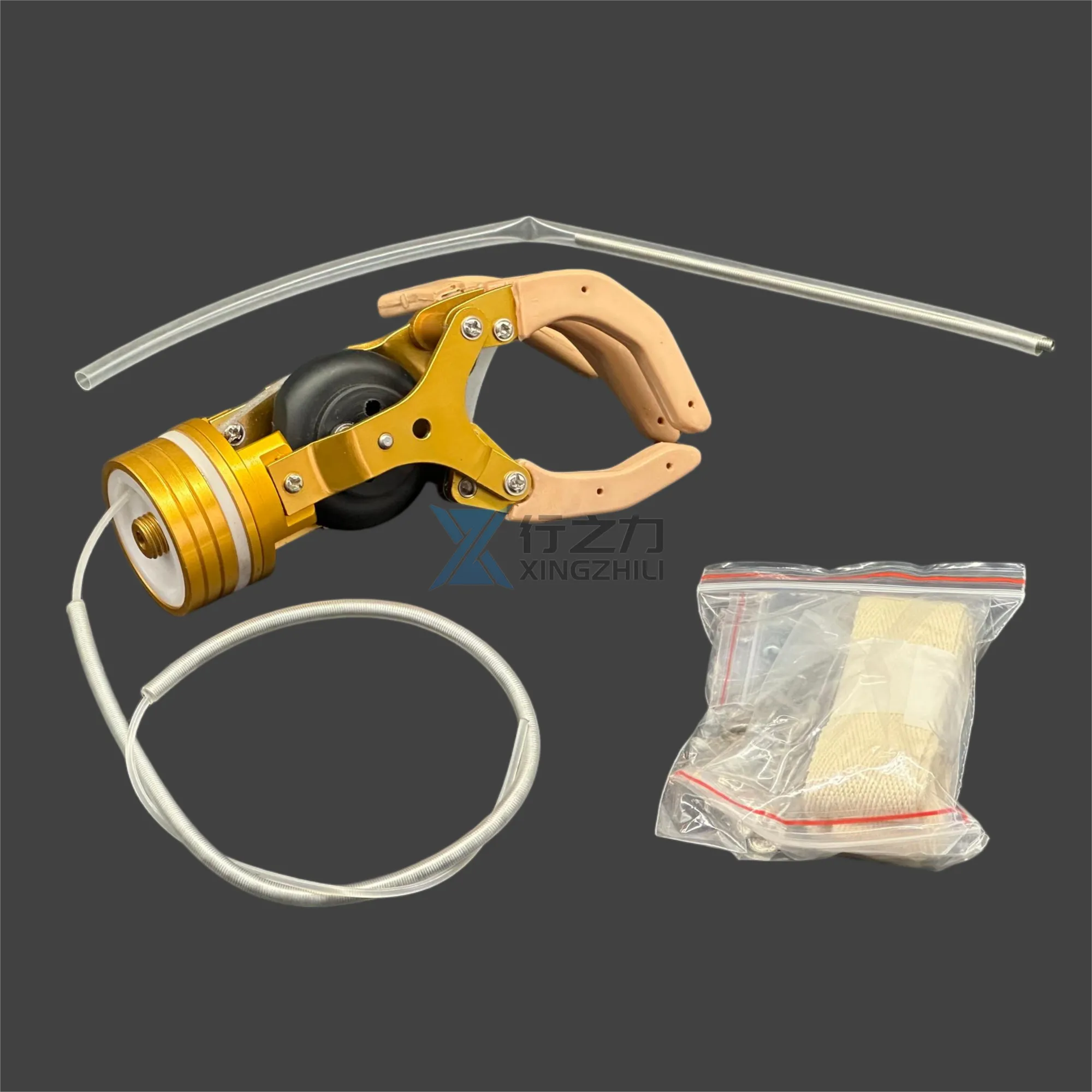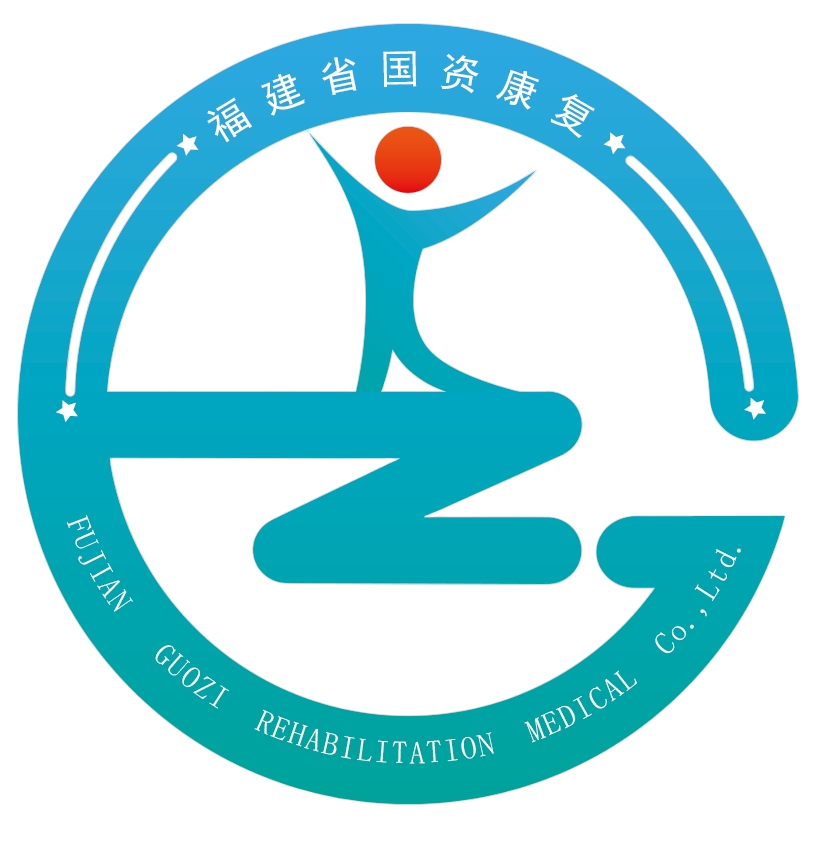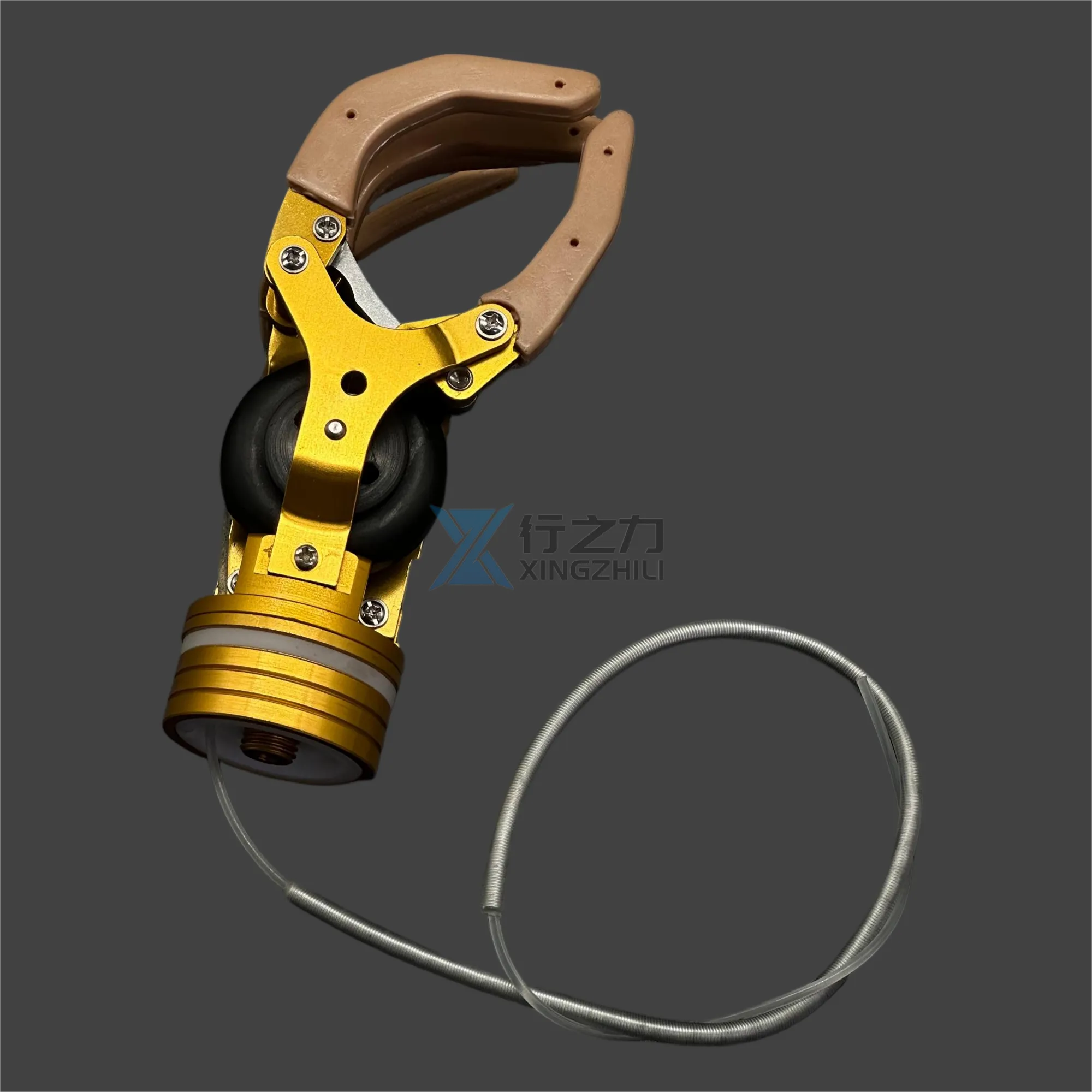Understanding Modern Assistive Technology for Enhanced Daily Living
Living with physical limitations shouldn't mean compromising on independence or quality of life. The evolution of disability assistive devices has revolutionized how individuals navigate their daily routines, offering unprecedented levels of autonomy and comfort. These innovative solutions combine ergonomic design, advanced materials, and user-centered features to create tools that truly enhance life experiences.
The landscape of assistive technology has expanded dramatically in recent years, with manufacturers focusing on both functionality and user comfort. Modern disability assistive devices incorporate feedback from actual users, medical professionals, and occupational therapists to ensure they meet real-world needs while providing maximum comfort during extended use.
Essential Design Elements for Optimal Comfort
Ergonomic Considerations in Device Design
The cornerstone of any effective disability assistive device lies in its ergonomic design. Manufacturers now prioritize natural body positioning and movement patterns, ensuring devices work in harmony with the user's physiology. This includes adjustable components that accommodate different body sizes and shapes, pressure-distributing surfaces, and designs that minimize strain on joints and muscles.
Advanced materials such as memory foam, breathable fabrics, and lightweight metals contribute significantly to user comfort. These materials adapt to body temperature and shape while remaining durable enough for daily use. The integration of shock-absorbing elements helps reduce vibration and impact, particularly important in mobility devices used over various terrains.
Customization and Adjustability Features
One size rarely fits all when it comes to assistive technology. The most effective disability assistive device options offer multiple points of adjustment to accommodate individual needs. This includes height-adjustable components, variable resistance settings, and modular designs that can be modified as user requirements change over time.
Personal customization extends beyond physical adjustments to include programmable features in electronic devices. Smart technology integration allows users to save preferred settings and create custom profiles for different activities or times of day, ensuring consistent comfort across various scenarios.
Technology Integration for Enhanced User Experience
Smart Features and Connectivity
Modern disability assistive devices increasingly incorporate smart technology to improve user experience. Bluetooth connectivity enables seamless integration with smartphones and other devices, allowing for remote adjustments and monitoring. Voice control features provide hands-free operation, while built-in sensors can detect and respond to changes in user position or environment.
These technological advancements also facilitate data collection and analysis, helping users and healthcare providers track usage patterns and make informed adjustments to optimize comfort and effectiveness. Many devices now come with companion apps that provide usage insights and maintenance reminders.
Power Management and Battery Life
For electronic disability assistive devices, efficient power management is crucial for reliable daily use. Modern designs incorporate long-lasting batteries with quick-charging capabilities, reducing downtime and anxiety about power depletion. Smart power management systems optimize energy consumption while maintaining full functionality.
Backup power options and emergency features ensure users aren't left vulnerable during power failures. Some devices include solar charging capabilities or portable power banks for extended independence, particularly valuable during travel or outdoor activities.

Maintenance and Durability Factors
Material Quality and Construction
The longevity of a disability assistive device directly impacts user comfort and confidence. High-grade materials resistant to wear, corrosion, and environmental factors ensure devices maintain their performance over time. Quality construction techniques, including reinforced stress points and weather-sealed components, contribute to device reliability.
Modern manufacturing processes incorporate antimicrobial materials and easy-to-clean surfaces, promoting hygiene while reducing maintenance requirements. These features are particularly important for devices in constant contact with skin or used in medical settings.
Regular Maintenance Requirements
Even the best-designed disability assistive device requires proper maintenance to ensure optimal performance and comfort. Manufacturers now provide comprehensive care guidelines and often include maintenance reminder systems. Simple, user-friendly maintenance procedures encourage regular upkeep while minimizing the need for professional servicing.
Modular designs allow for easy replacement of wear items, reducing long-term ownership costs and extending device lifespan. Many manufacturers offer maintenance packages and warranty programs that include regular professional inspections and adjustments.
Frequently Asked Questions
How often should I update my disability assistive device?
The frequency of updates depends on usage patterns, wear and tear, and technological advancements. Generally, it's recommended to evaluate your device's performance annually and consider upgrades every 3-5 years or when your needs change significantly. Regular maintenance can extend the life of your current device while ensuring optimal comfort and functionality.
What should I consider when choosing between manual and electronic assistive devices?
Consider factors such as your physical capabilities, daily routine, maintenance requirements, and budget. Manual devices often offer simplicity and reliability, while electronic options provide advanced features and easier operation. Your specific needs, environment, and support system should guide this decision in consultation with healthcare professionals.
How can I ensure my assistive device maintains its comfort level over time?
Regular maintenance, proper usage techniques, and timely adjustments are key to maintaining comfort. Follow the manufacturer's care instructions, schedule regular professional check-ups, and address any issues promptly. Keep track of wear patterns and any changes in comfort level to anticipate necessary adjustments or replacements.




